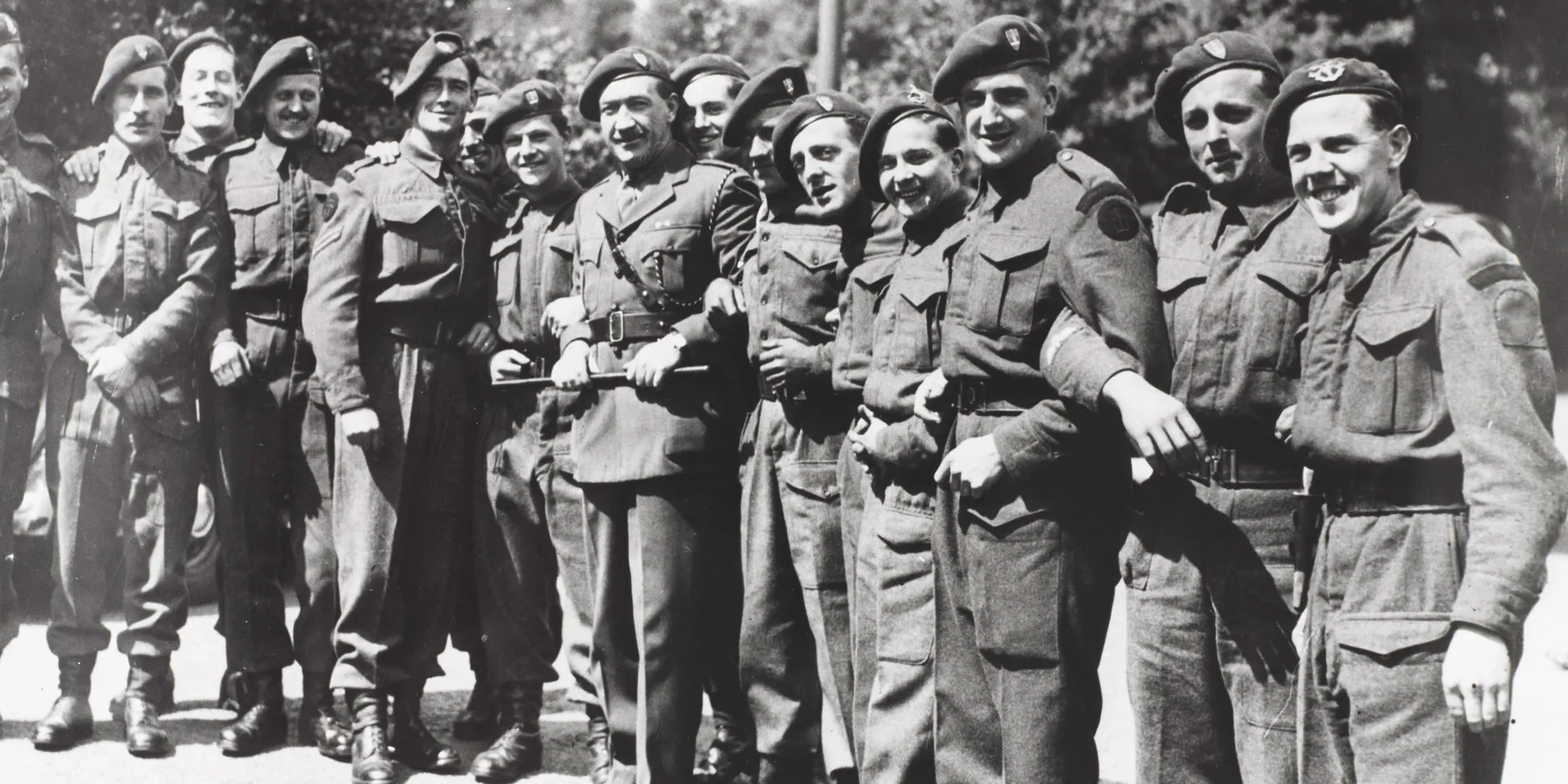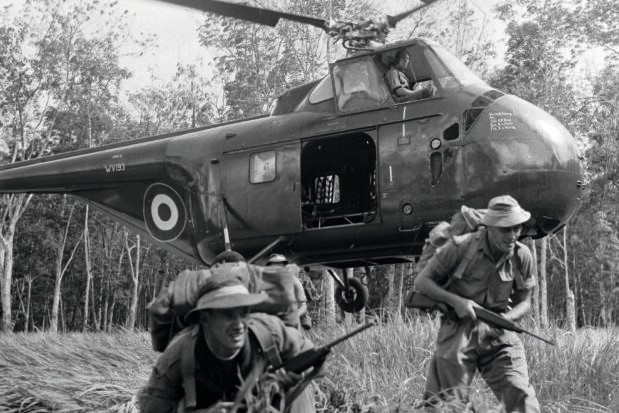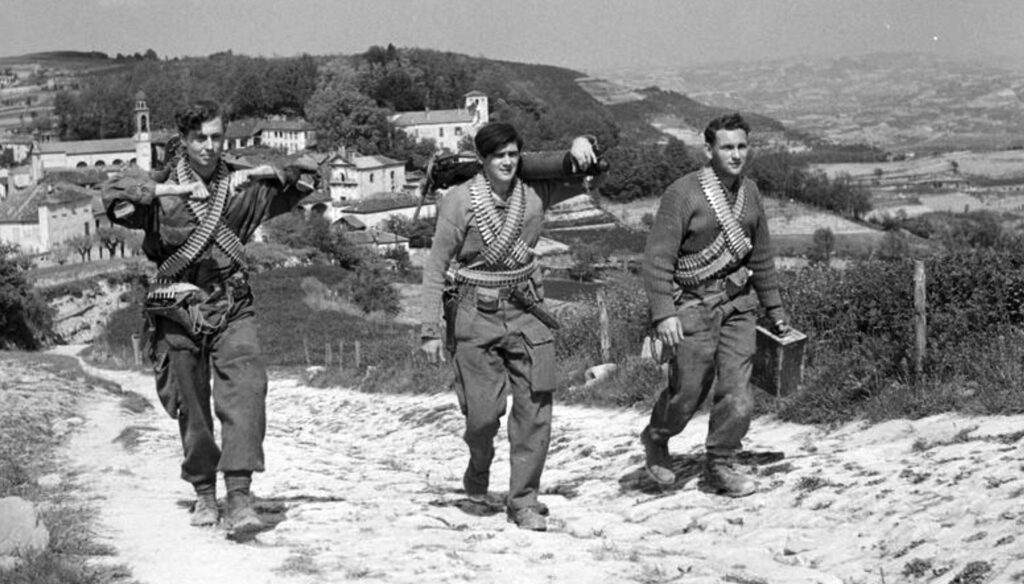Best Elite Military Units of All Time: Top 5 Forces That Shaped History

Throughout history, the outcome of battles and the fate of empires have often hinged not on massive armies, but on small, highly trained, and exceptionally disciplined forces: elite military units. These groups, forged through intense training, hardened by experience, and equipped with strategic precision, have become legends—both feared and respected by allies and enemies alike.
From ancient battlefields to modern covert missions, these five elite units have left a lasting imprint on military history, symbolizing the pinnacle of combat prowess and tactical innovation.
1. The Spartans – Ancient Greece (c. 600–371 BCE)
“Come back with your shield—or on it.”
Few military units are as storied as the Spartan hoplites, whose legacy of discipline, endurance, and fearlessness has echoed through millennia. Trained from childhood in the agoge system, Spartan warriors were bred for war. Their society revolved around military service, and cowardice was considered worse than death.
Key Characteristics:
- Military Training from age 7
- Hoplon shield and phalanx formation—a nearly impenetrable wall of spears and shields
- Code of honor and sacrifice—best demonstrated at the Battle of Thermopylae (480 BCE), where 300 Spartans and their allies held off a massive Persian army
Impact:
- Defined ancient ideals of soldierly virtue
- Influenced future concepts of elite infantry
- Set a standard for military discipline and tactical cohesion

2. Roman Praetorian Guard – Roman Empire (c. 27 BCE–312 CE)
Guardians of the Emperor, Architects of Power
The Praetorian Guard began as an elite unit formed to protect Roman generals and evolved into the emperor’s personal bodyguard and secret weapon. Though they were famed for their loyalty and combat readiness, they also became powerful political players, capable of making or unmaking emperors.
Key Characteristics:
- Elite status: Better pay, privileges, and equipment than regular legionaries
- Close to the seat of power: Stationed in Rome, involved in palace intrigue and imperial succession
- Combat-tested: Used in key military campaigns and urban security
Legacy:
- Blurred the line between military and political power
- Eventually disbanded by Constantine the Great after becoming too powerful
- Inspired the idea of elite palace guards in later monarchies
3. Janissaries – Ottoman Empire (c. 1363–1826)
Slaves of the Sultan, Masters of the Battlefield
The Janissaries were among the first standing armies in Europe and arguably one of the most effective. Originating from the devshirme system, where Christian boys were taken, converted to Islam, and trained for war, Janissaries became the military backbone of the Ottoman Empire.
Key Characteristics:
- Full-time professional soldiers loyal only to the sultan
- Trained in firearms, archery, and siege warfare
- Elite social status, despite their origins as conscripts
- Wore distinctive uniforms, marched to music, and maintained strict discipline
Achievements:
- Played crucial roles in the siege of Constantinople (1453) and expansion into Europe
- Became a symbol of Ottoman power
- Eventually declined due to internal corruption and were forcibly disbanded during the Auspicious Incident of 1826
4. Gurkhas – Nepalese Soldiers in British and Indian Armies (1815–Present)
“Better to die than be a coward.”
Renowned for their fierce loyalty, physical courage, and fearsome combat ability, the Gurkhas are Nepalese soldiers who have served in the British and Indian armed forces for over 200 years. Their motto is not just a saying—it’s a creed they have lived by on countless battlefields.
Key Characteristics:
- Exceptional mountain warfare skills
- Famed for the kukri knife, a curved blade used in close combat
- Recruited through one of the most physically demanding selection processes in the world
- Operate in British Army’s Brigade of Gurkhas, Indian Gorkha Regiments, and UN missions
Achievements:
- Fought in both World Wars, Afghanistan, the Falklands, and more
- 26 Victoria Crosses awarded to Gurkhas
- Blending fearsome reputation with unmatched discipline and humility
5. U.S. Navy SEALs – United States (1962–Present)
Sea, Air, and Land — Masters of Modern Special Warfare
Among the most famous modern special forces, the Navy SEALs (Sea, Air, and Land Teams) are trained to operate in any environment with lethal precision. Born out of World War II underwater demolition teams, SEALs are America’s most elite counter-terrorism and special operations force.
Key Characteristics:
- BUD/S training: Brutal selection process with a high failure rate
- Capable of amphibious warfare, reconnaissance, direct action, hostage rescue
- Operate in classified missions globally
Famous Missions:
- Operation Neptune Spear (2011): The raid that killed Osama bin Laden
- Rescue of Captain Phillips (2009) from Somali pirates
- Covert operations in Iraq, Afghanistan, and Syria
Legacy:
- Represent technological and tactical supremacy in modern warfare
- Embody the ideal of the multi-domain warfighter
- Subject of films, books, and documentaries that blend fact and myth
Honorable Mentions:
While the top five dominate historical and modern warfare, other elite units also deserve recognition:
- SAS (Special Air Service – UK): The model for many special forces globally
- French Foreign Legion: Elite volunteers with legendary discipline
- Mongol Cavalry: Fearsome steppe warriors under Genghis Khan
- Delta Force (USA): Top-tier counter-terrorism specialists
- Ninjas (Japan): Covert operatives known for espionage and sabotage

Conclusion: Small Units, Massive Impact
Across eras and empires, these elite units have proven one truth: quality often trumps quantity. Whether fighting in tight phalanxes, storming medieval cities, or conducting silent raids under cover of night, elite forces have changed the course of battles—and history.
Their legacies endure not just through victories, but in the philosophy of excellence, discipline, and fearlessness they represent. They are the epitome of what a military force can achieve when forged by purpose and perfected through resolve.




